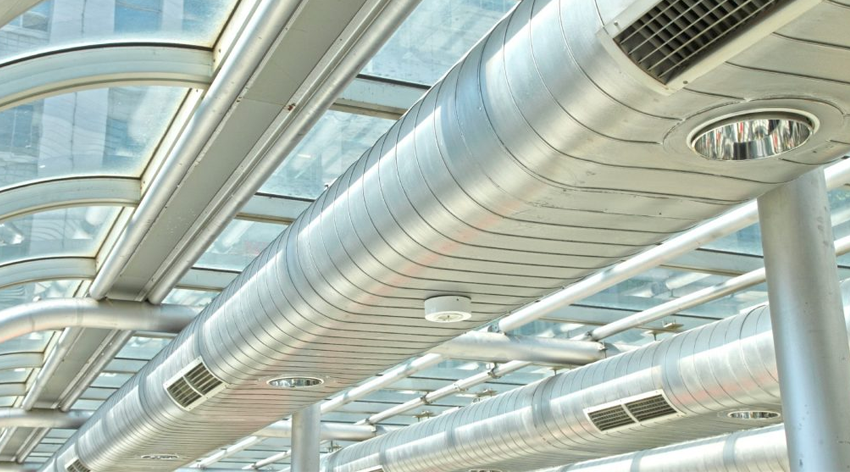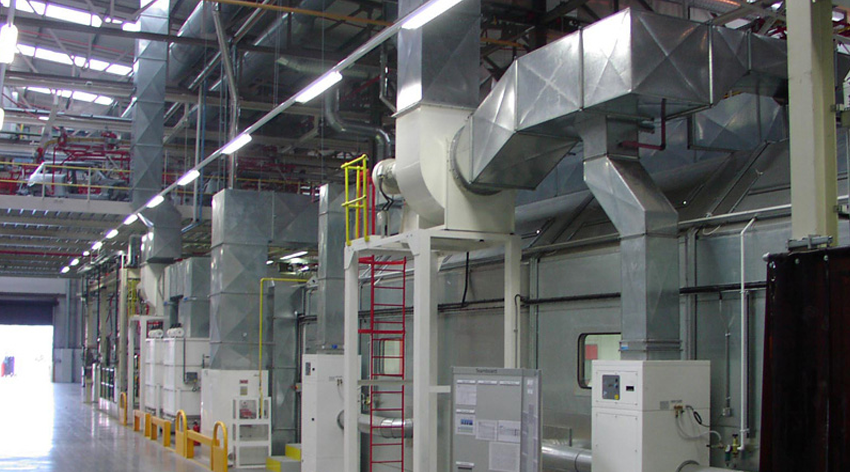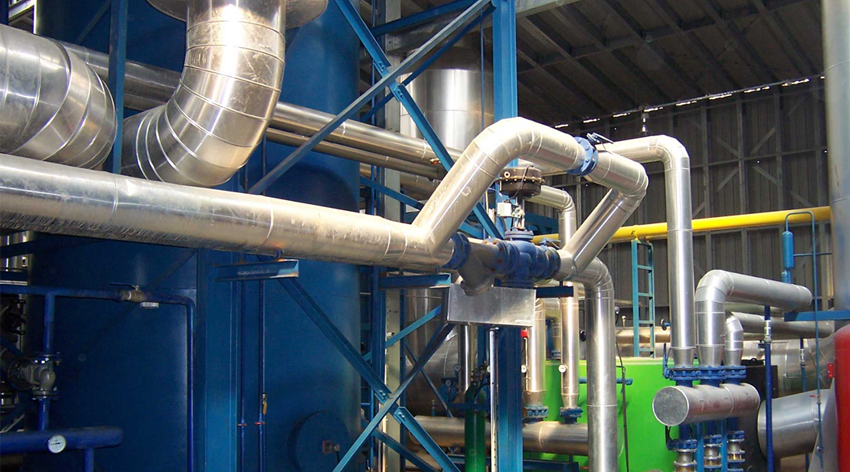
We have told you that ventilation is generally used to ventilate indoor areas. Now we will give information about where and why it is used. Let’s start with an easy example, everyone has a kitchen at home. However, in some kitchens, there is no air and no windows, of course, when we cook food, the smell of food circulates in the kitchen and an aspirator is preferred to prevent them. Thanks to the aspirator, these bad smells are absorbed and fresh air is transferred inside. Another example is sinks that are not ventilated and closed. In these sinks, by means of systems such as impellers, bad odor and air are thrown out and fresh air is provided inside. In large factories, ventilation systems are very important for ventilation and human health. Larger systems are used for the ventilation of closed factories.
A natural ventilation system, if well installed and maintained, has several advantages over mechanical ventilation systems.
- Natural ventilation can generally provide a more economical higher ventilation rate due to the use of natural forces and large openings.
- Natural ventilation can be more energy efficient, especially if heating is not required.
- Well-designed natural ventilation can be used to reach higher levels of daylight.
From a technology point of view, natural ventilation can be classified as simple natural ventilation systems and advanced technology natural ventilation systems. The latter is computer controlled and can be supplemented by mechanical ventilation systems (eg hybrid or mixed mode systems). High-tech natural ventilation can have the same limitations as mechanical ventilation systems; However, it also has the advantages of both mechanical and natural ventilation systems.
If properly designed, natural ventilation can be particularly reliable when combined with a mechanical system that uses the hybrid (mixed mode) ventilation principle, but some of these modern natural ventilation systems may be more expensive to build and design than mechanical systems. Generally, the advantage of natural ventilation is the ability to provide a very high rate of air exchange at low cost with a very simple system. Although the air exchange rate can vary significantly, buildings with modern natural ventilation systems (properly designed and operated) can provide very high air exchange rates by natural forces, which can greatly exceed minimum ventilation requirements.
A natural ventilation system has a number of disadvantages.
- Natural ventilation is variable and depends on outdoor climate conditions compared to indoor environment. The two driving forces that produce the airflow rate (i.e. wind and temperature difference) change stochastically. Natural ventilation can be difficult to control, airflow can be uncomfortably high in some places and sluggish in others. There is a possibility of having a low rate of air exchange in some adverse climatic conditions.
- There may be difficulty in controlling the airflow direction due to the absence of good negative pressure; Soiling of corridors and adjacent rooms is a risk.
- Natural ventilation prevents the use of particle filters. Climate, security and cultural criteria, windows and culverts to remain closed; In these cases, ventilation rates can be much lower.
- Natural ventilation only works when natural forces are present; When a high ventilation rate is required, the requirement for the presence of natural forces is likewise high.
- Natural ventilation systems often do not work as expected and do not operate normally, windows or doors not opening, equipment failure (if it is a high-tech system), auxiliary service interruption (if high-tech system), poor design, poor maintenance or improper management.
- While the cost of maintenance of simple natural ventilation systems is very low, if a natural ventilation system is not properly installed or sustained due to a shortage of funds, its performance can be compromised and result in an increased risk of airborne pathogens transmission.
These difficulties can be overcome, for example, by using a better design or hybrid (mixed mode) ventilation. Other possible disadvantages such as noise, air pollution, insect vectors and safety also need to be considered. Due to these problems, natural ventilation systems can cause the spread of infectious diseases in healthcare institutions, rather than being an important tool in infection control.



